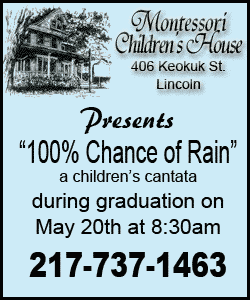| ||||||||||
| ||||||||||
Prime Minister Jose Luis Rodriguez Zapatero halted campaigning for upcoming regional and municipal elections to oversee an emergency committee to coordinate rescue and aid operations, and made a special appearance in congress on Thursday to express condolences. Eight hundred police and soldiers were deployed to the city to assist with the cleanup, but Zapatero warned that the process won't be quick. "We have a lot of work ahead of us," he said. "The task is very, very intense." The quakes were the nation's most deadly since 1956, when 12 people died and about 70 were injured in the southern Granada region, according to Spain's National Geographic Institute. The institute said Spain has about 2,500 quakes annually, but only a handful are felt. The south and southeast are the most prone regions. Lorca has a mix of older buildings that are vulnerable to earthquakes and newer ones that are quake-resistant, according to the USGS. The quakes occurred in a seismically active area near a large fault beneath the Mediterranean Sea where the European and African continents brush past each other, USGS seismologist Julie Dutton said. The USGS said it has recorded hundreds of small quakes in the area since 1990.
John Bellini, a seismologist with the USGS center, said the larger earthquake had a preliminary 5.3 magnitude and struck 220 miles (350 kilometers) south-southeast of Madrid at 6:47 p.m. (1647 GMT, 12:47 p.m. EDT). It was about 6 miles (10 kilometers) deep, and was preceded by the smaller one with a 4.5 magnitude in the same spot, Bellini said. Lorca has roots dating back to Roman times and is noted for its hilltop medieval fortress and other historic buildings. Its economy depends on agriculture, and thousands of immigrants from North Africa and Latin American nations work the fields.

[Associated
Press;
Copyright 2011 The Associated Press. All rights reserved. This material may not be published, broadcast, rewritten or redistributed.

News | Sports | Business | Rural Review | Teaching & Learning | Home and Family | Tourism | Obituaries
Community |
Perspectives
|
Law & Courts |
Leisure Time
|
Spiritual Life |
Health & Fitness |
Teen Scene
Calendar
|
Letters to the Editor